

Articles
How To Store Watermelon
Modified: January 8, 2024
Learn the best ways and tips to store watermelon for longer freshness in this informative article. Ensure your watermelon stays delicious all summer!
(Many of the links in this article redirect to a specific reviewed product. Your purchase of these products through affiliate links helps to generate commission for Storables.com, at no extra cost. Learn more)
Introduction
Watermelon is a delicious and refreshing fruit that is popular during the summer months. Whether you’ve grown your own watermelon or purchased it from a local market, properly storing it is crucial in order to preserve its taste and texture. In this article, we will guide you through the process of storing watermelon to ensure its freshness and longevity.
Understanding the proper storage methods for watermelon is important because this juicy fruit is composed mostly of water. When not stored correctly, watermelon can lose its crispness and succulent flavor. By following the right steps, you can enjoy your watermelon for a longer period of time and avoid wasting any of this sweet treat.
Key Takeaways:
- Keep watermelons fresh by storing them in a cool, dark, and well-ventilated location. Proper preparation and avoiding extreme temperatures help maintain their juiciness and flavor for longer.
- For extended storage, consider freezing watermelon in airtight containers. Utilize additional tips such as using a dehumidifier and repurposing overripe fruit to minimize waste and enjoy watermelon flavors beyond peak season.
Read more: How To Store Watermelon Seeds
Understanding Watermelon Storage
Watermelon storage involves creating the ideal conditions to maintain its taste and quality. The key factors to consider are temperature, humidity, and air circulation.
Firstly, watermelons should be stored at a cooler temperature, ideally between 50°F (10°C) to 55°F (13°C). This helps to slow down the ripening process and prolong the shelf life. However, it is important to note that watermelons are sensitive to extreme cold temperatures, so avoid storing them in the refrigerator for too long.
Secondly, humidity plays a crucial role in watermelon storage. A relative humidity of around 90% is ideal for maintaining the fruit’s juiciness and preventing it from drying out. To achieve this, you can place a damp cloth or towel near the watermelons to help retain moisture in the storage area.
Lastly, proper air circulation is essential to prevent mold and decay. Avoid stacking watermelons on top of each other, as this can create a moist environment that promotes the growth of bacteria. Instead, store them in a single layer with space between each fruit to allow for adequate airflow.
By understanding these storage requirements, you can ensure that your watermelons stay fresh and delicious for a longer period of time.
Choosing a Suitable Storage Location
When it comes to storing watermelons, selecting the right location is crucial. Here are some factors to consider when determining the ideal storage spot.
1. Temperature: As mentioned earlier, watermelons should be stored at a temperature between 50°F (10°C) to 55°F (13°C). Look for a cool and dry place in your home, such as a basement, cellar, or pantry. Avoid areas that are prone to temperature fluctuations, such as near windows or heating vents.
2. Light: Watermelons are best stored in a dark location. Exposure to direct sunlight can cause the fruit to ripen and spoil more quickly. Find a spot that provides shade or use a cloth or paper bag to cover the watermelons if necessary.
3. Ventilation: Proper air circulation is important to prevent the build-up of moisture, which can lead to mold and rot. Choose a storage area that has good ventilation or consider using a fan to ensure adequate airflow.
4. Space: Watermelons should be stored in a way that allows for sufficient space between each fruit. This ensures proper airflow and reduces the risk of damage or bruising. Avoid overcrowding the storage area to maintain the quality of the watermelons.
By taking these factors into consideration, you can choose a suitable storage location that provides the optimal conditions for your watermelons. This will help to extend their shelf life and keep them fresh and delicious for longer.
Preparing the Watermelon for Storage
Before storing your watermelon, it is important to properly prepare it to ensure optimal storage conditions. Here are some steps you can follow:
1. Wash the watermelon: Start by washing the watermelon thoroughly with cool water. This helps to remove any dirt or debris on the surface of the fruit.
2. Dry the watermelon: After washing, use a clean towel or paper towel to gently dry the watermelon. Ensuring that the surface is dry helps to prevent the growth of mold or bacteria during storage.
3. Remove any stickers: Check the watermelon for any stickers or labels and carefully peel them off. Leaving stickers on can trap moisture and lead to spoilage.
4. Cut off stem and leaves: Trim off the stem and leaves close to the fruit’s surface using a clean knife. This helps to create a flat base for the watermelon to sit on, preventing it from rolling or becoming unstable during storage.
5. Optional: Wrap in plastic wrap: If you want to provide an extra layer of protection, you can wrap the watermelon in plastic wrap. This helps to prevent moisture loss and maintain the fruit’s juiciness. However, it is not necessary if you plan to consume the watermelon within a few days of storage.
By following these preparation steps, you can ensure that your watermelon is clean, dry, and ready for storage. This helps to maintain its quality and extends its shelf life, allowing you to enjoy fresh and juicy watermelon whenever you crave it.
Storing the Watermelon Whole
If you have a whole watermelon that you want to store, follow these steps to keep it fresh and flavorful:
1. Find a cool storage spot: As mentioned earlier, choose a location with a temperature range between 50°F (10°C) to 55°F (13°C) for storing the whole watermelon. Avoid placing it in the refrigerator for extended periods, as the cold temperature can affect the texture and flavor.
2. Use a cushioned surface: Place a soft barrier, such as a towel or foam pad, on the shelf or surface where you plan to store the watermelon. This helps to prevent any bruises or damage to the fruit while it is being stored.
3. Position the watermelon upright: Store the watermelon in an upright position to minimize contact with the storage surface. This also helps to distribute the weight evenly and prevent any deformities or flat spots from forming on the fruit.
4. Avoid stacking: It is important not to stack other items or place heavy objects on top of the watermelon. This can lead to unnecessary pressure and cause the fruit to become misshapen or develop soft spots.
5. Check regularly: Periodically check the watermelon for any signs of spoilage, such as mold or softening. Remove any affected fruits immediately to prevent the spread of decay to the rest of the batch.
By following these tips, you can extend the shelf life of the whole watermelon and enjoy its freshness and juicy goodness for days to come.
Store watermelon in a cool, dry place, away from direct sunlight. Once cut, store in an airtight container in the refrigerator for up to 3-4 days.
Read more: How To Store Half A Watermelon
Storing Cut Watermelon
If you’ve cut into a watermelon but aren’t able to finish it in one sitting, you can store the remaining portions by following these steps:
1. Wrap it tightly: Wrap the cut watermelon tightly with plastic wrap or place it in an airtight container. This helps to seal in moisture and prevent the fruit from drying out.
2. Refrigerate promptly: Place the wrapped or containerized cut watermelon in the refrigerator as soon as possible. The cool temperature helps to slow down the spoilage process and maintain its texture and flavor.
3. Use within a few days: Cut watermelon usually stays fresh for about 3-4 days in the refrigerator. It is best to consume it within this timeframe to enjoy its optimal taste and quality. Discard any leftover portions that show signs of mold, sour smell, or significant texture changes.
4. Optional: Add lemon juice or mint leaves: If desired, you can squeeze a bit of fresh lemon juice over the cut watermelon or add a few mint leaves before storing. The acidity of the lemon juice helps to slightly preserve the fruit, while the mint leaves can impart a refreshing flavor.
Remember to keep the cut watermelon cold and protect it from any cross-contamination with other food items in the refrigerator. It is also a good idea to store it away from strong-smelling foods, as watermelon easily absorbs odors.
By following these guidelines, you can extend the shelf life of your cut watermelon and enjoy its juicy sweetness over the course of a few days.
Freezing Watermelon
If you have an abundance of watermelon or want to preserve it for an extended period, freezing is a great option. Follow these steps to freeze watermelon:
1. Cut the watermelon: Start by cutting the watermelon into cubes or slices, removing the rind and seeds. Cut them into sizes that are easy to handle and consume later.
2. Pat dry: Use a paper towel or clean kitchen towel to gently pat the watermelon pieces dry. Removing excess moisture before freezing helps to prevent ice crystals from forming and preserves the texture of the fruit.
3. Arrange on a tray: Place the watermelon pieces in a single layer on a baking sheet or tray lined with parchment paper. Make sure they are not touching each other to prevent them from sticking together during freezing.
4. Flash freeze: Transfer the tray with the watermelon to the freezer and let it freeze for about 2-3 hours, or until the pieces are solid. Flash freezing individually allows for easier portioning and prevents clumping.
5. Transfer to freezer bags or containers: Once the watermelon pieces are frozen, transfer them to freezer bags or airtight containers. Ensure that the packaging is sealed tightly to prevent freezer burn and preserve the flavor. Label the bags or containers with the date of freezing for easy reference.
6. Freeze for long-term storage: Place the bags or containers in the freezer, ensuring they are stored in a flat position to save space. Frozen watermelon can last for up to 6-8 months if properly stored.
7. Thawing and using frozen watermelon: To thaw frozen watermelon, place the desired amount in the refrigerator overnight or let it thaw at room temperature for a few hours. You can enjoy frozen watermelon as a refreshing snack, blend it into smoothies, or use it in frozen desserts.
Note: Frozen watermelon may lose some of its texture and become soft after thawing. It is best used in recipes where texture is less important, such as smoothies or frozen treats.
By freezing watermelon, you can enjoy the taste of this summertime favorite throughout the year. However, keep in mind that the texture may slightly change upon thawing, so it is best to use frozen watermelon in recipes that accommodate this change.
Tips for Extended Watermelon Storage
If you want to extend the storage life of your watermelon, here are some additional tips to consider:
1. Store uncut watermelons properly: Whole watermelons can stay fresh for up to two weeks if stored properly. Make sure to follow the guidelines mentioned earlier for temperature, humidity, and ventilation.
2. Keep different types of watermelons separate: If you have different varieties of watermelon, it is best to store them separately. This prevents cross-contamination of flavors and helps maintain the unique characteristics of each type.
3. Use the sniff test: Before consuming or storing a watermelon, give it a sniff. A ripe watermelon should have a sweet and pleasant aroma. If it smells sour or off, it may be overripe or spoiled.
4. Utilize a dehumidifier: If you live in a humid climate or have high humidity levels in your storage area, using a dehumidifier can help create a drier environment. This can help to prevent mold growth and extend the watermelon’s freshness.
5. Rotate your watermelons: If you have multiple watermelons in storage, periodically rotate them. This ensures that each fruit gets equal exposure to air circulation and prevents any potential soft spots from forming.
6. Consider canning or preserving: If you have an abundance of watermelon, you can explore canning or preserving methods. This allows you to enjoy the flavors of watermelon well beyond its peak season. Follow proper canning guidelines for safety and quality.
7. Repurpose overripe watermelon: If you have an overripe watermelon that is not suitable for fresh consumption, consider using it to make refreshing watermelon juice, popsicles, or fruit salads. This way, you can still enjoy its delicious flavors even if the texture is compromised.
By implementing these tips, you can maximize the storage life of your watermelon and minimize waste. As a result, you can enjoy the flavors of this juicy fruit for an extended period, even after its peak season.
Conclusion
Properly storing watermelon is essential to preserve its taste, texture, and freshness. By understanding the factors that contribute to ideal watermelon storage, such as temperature, humidity, and air circulation, you can ensure that this juicy fruit stays delicious for longer periods.
Choosing a suitable storage location that offers the right temperature and ventilation is important. Avoid extreme temperatures and direct sunlight, as they can negatively impact the quality of the fruit. Additionally, storing watermelon whole requires attention to positioning, space, and avoiding stacking to prevent damage.
When it comes to storing cut watermelon, tightly wrap or place it in an airtight container before refrigerating promptly. Using it within a few days is recommended to savor its optimal taste and texture. Freezing watermelon can also be a great option for extended storage, but it’s important to note that its texture may slightly change upon thawing.
To further extend the shelf life of watermelon, practicing additional tips is helpful. Storing different types separately, using a dehumidifier, and regularly rotating the fruit are effective strategies. If you have an excess amount, consider canning or preserving methods to enjoy watermelon flavors beyond its peak season.
In conclusion, by following the proper storage techniques and employing these tips, you can enjoy the refreshing and delicious taste of watermelon for extended periods. Waste less and savor more by keeping your watermelon fresh and ready to be enjoyed whenever the craving strikes.
Frequently Asked Questions about How To Store Watermelon
Was this page helpful?
At Storables.com, we guarantee accurate and reliable information. Our content, validated by Expert Board Contributors, is crafted following stringent Editorial Policies. We're committed to providing you with well-researched, expert-backed insights for all your informational needs.
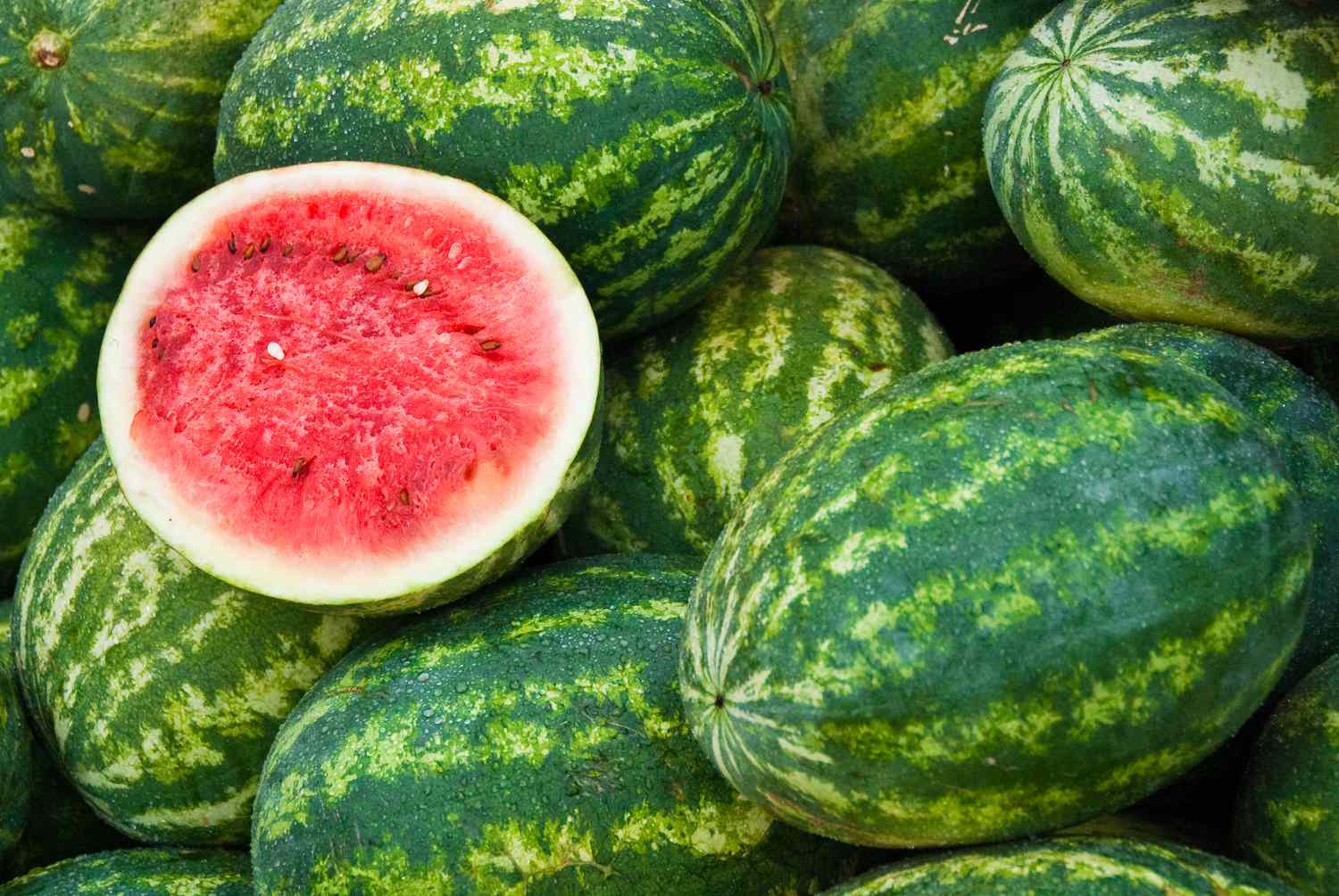
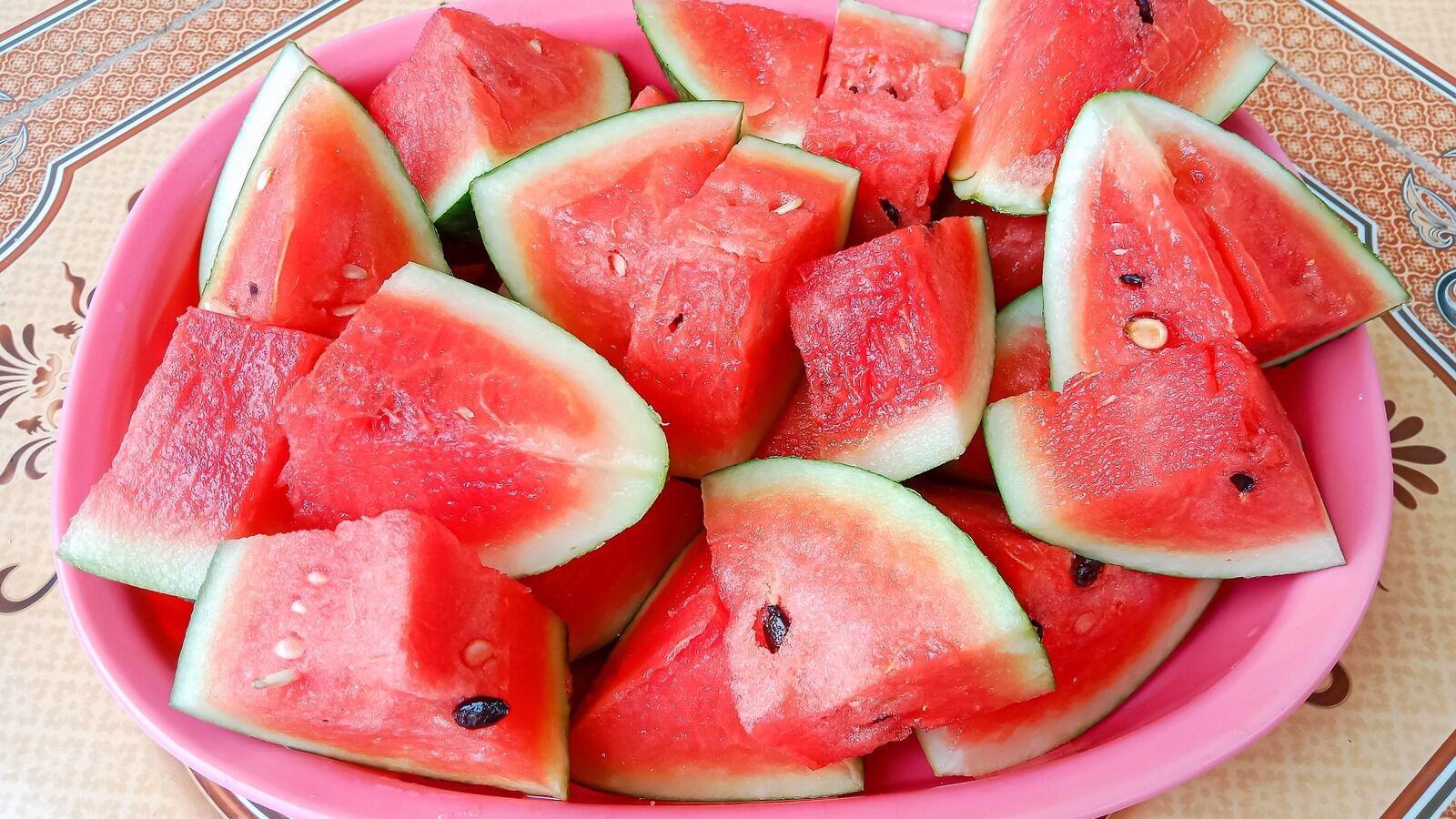
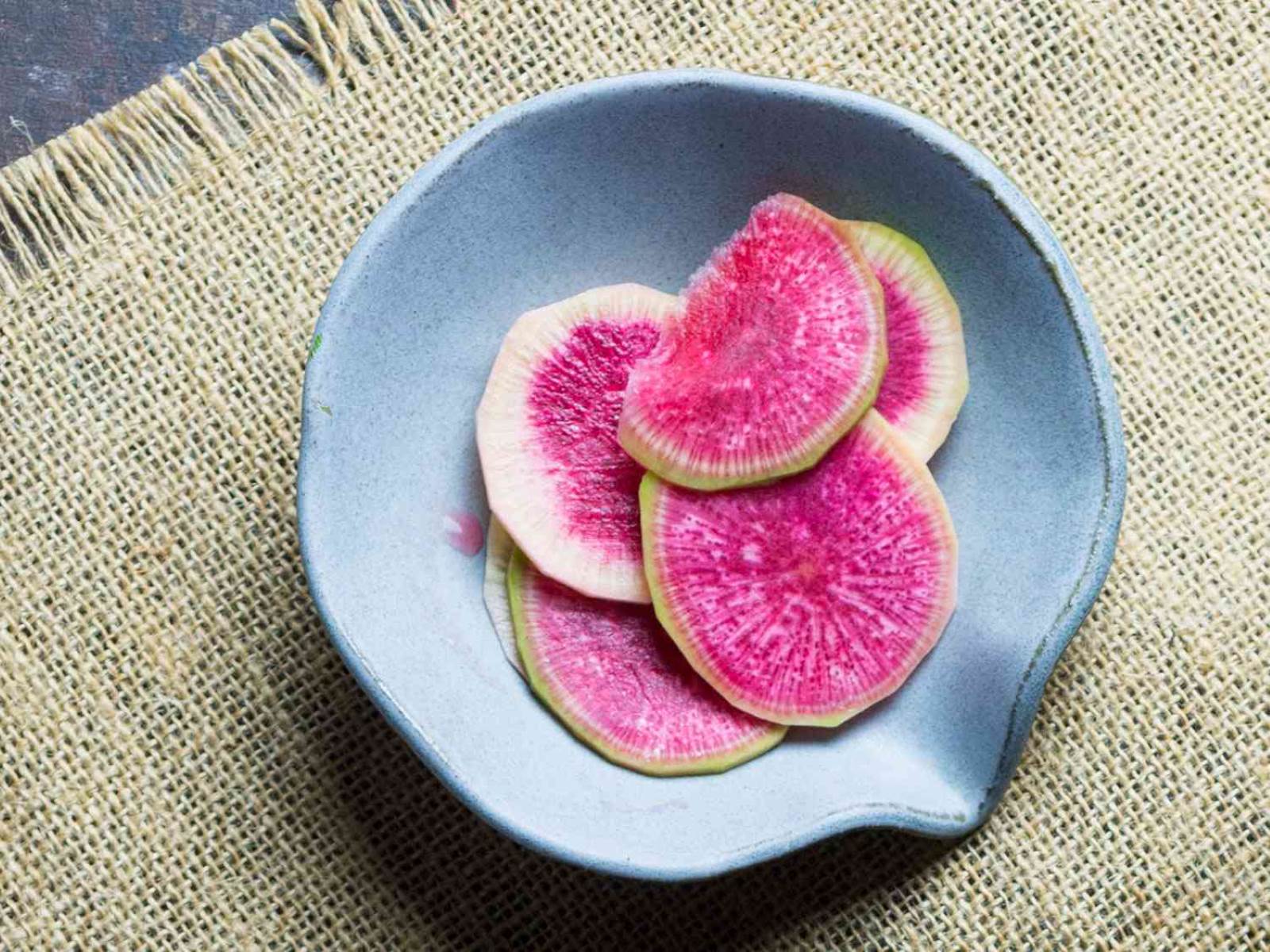
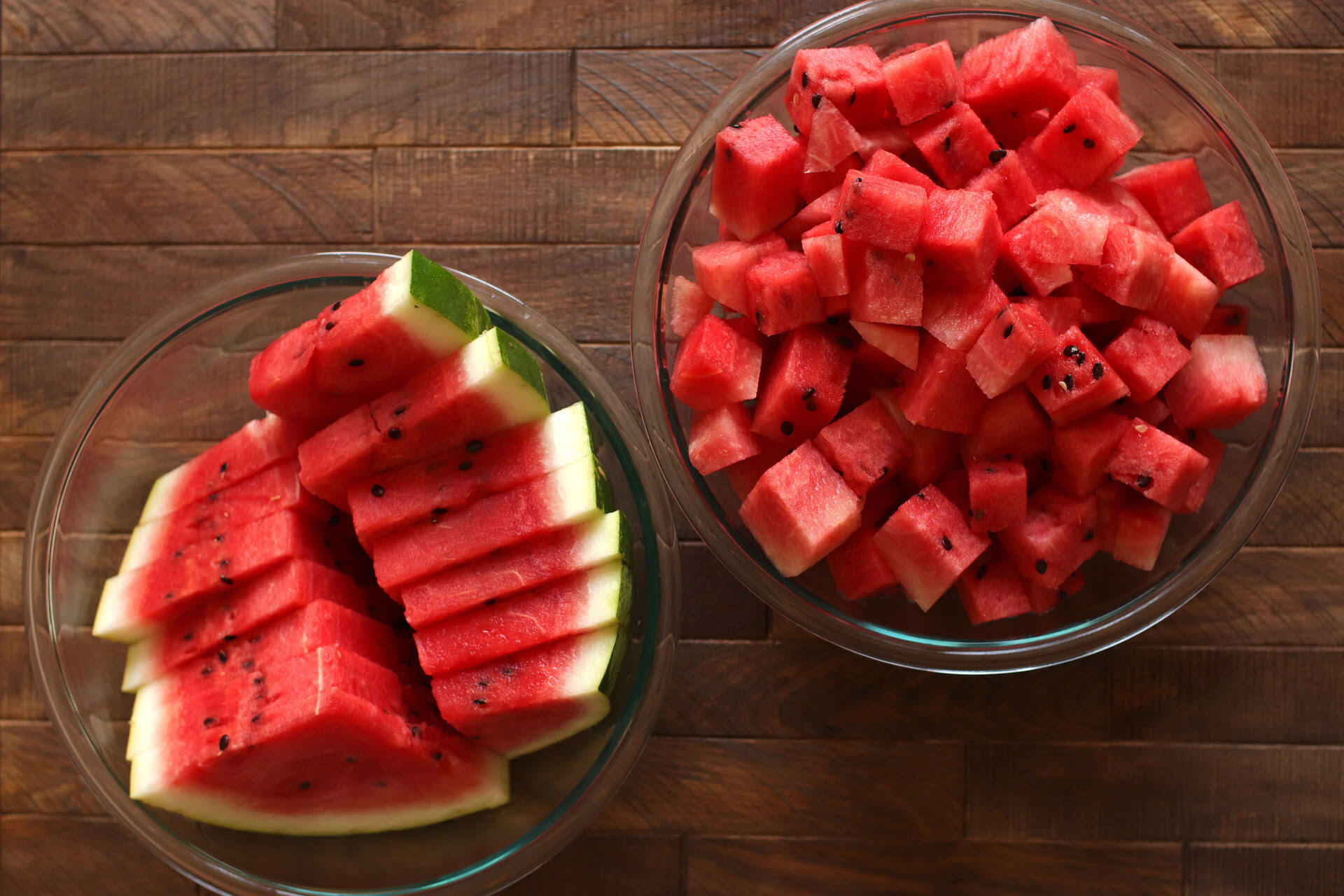
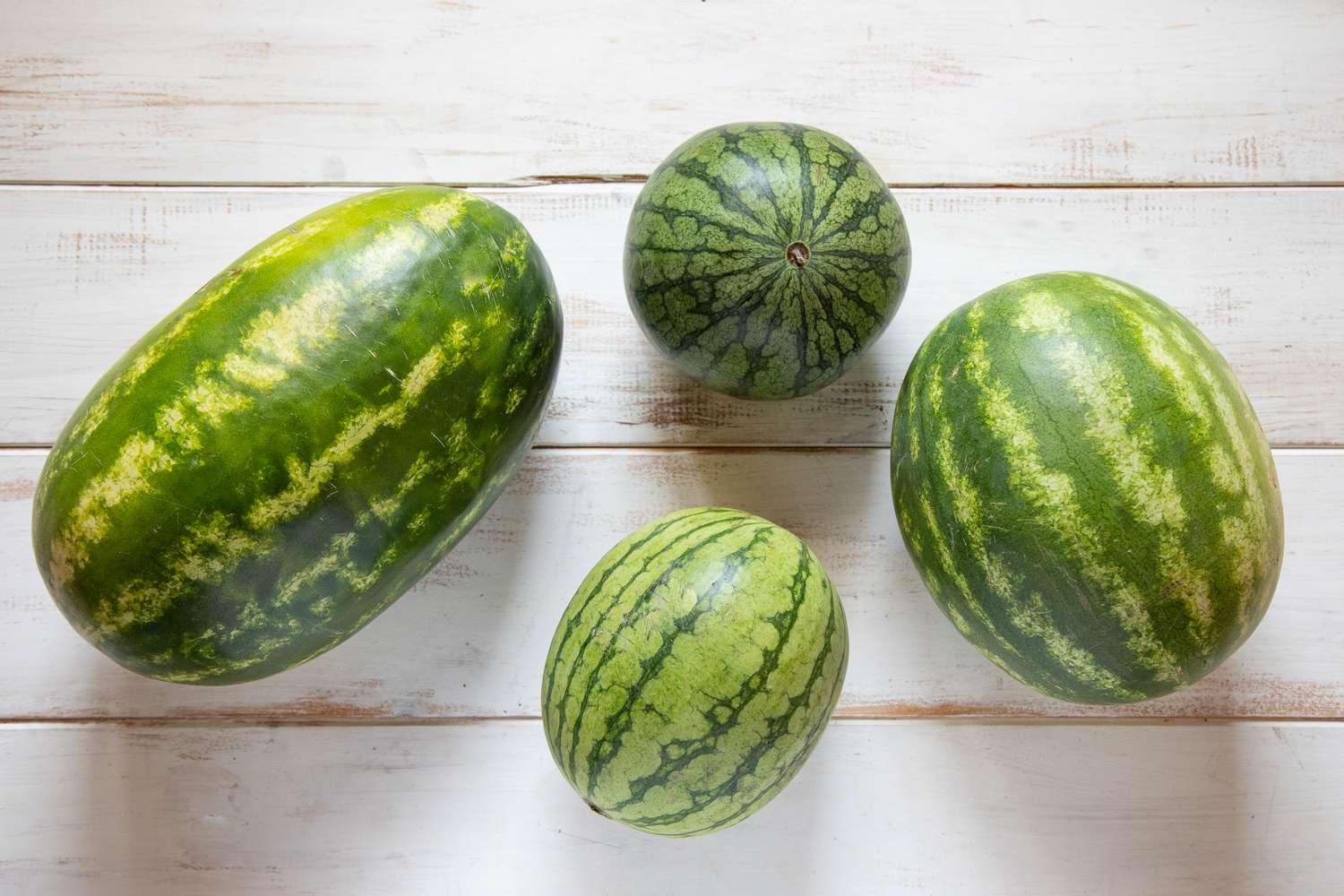

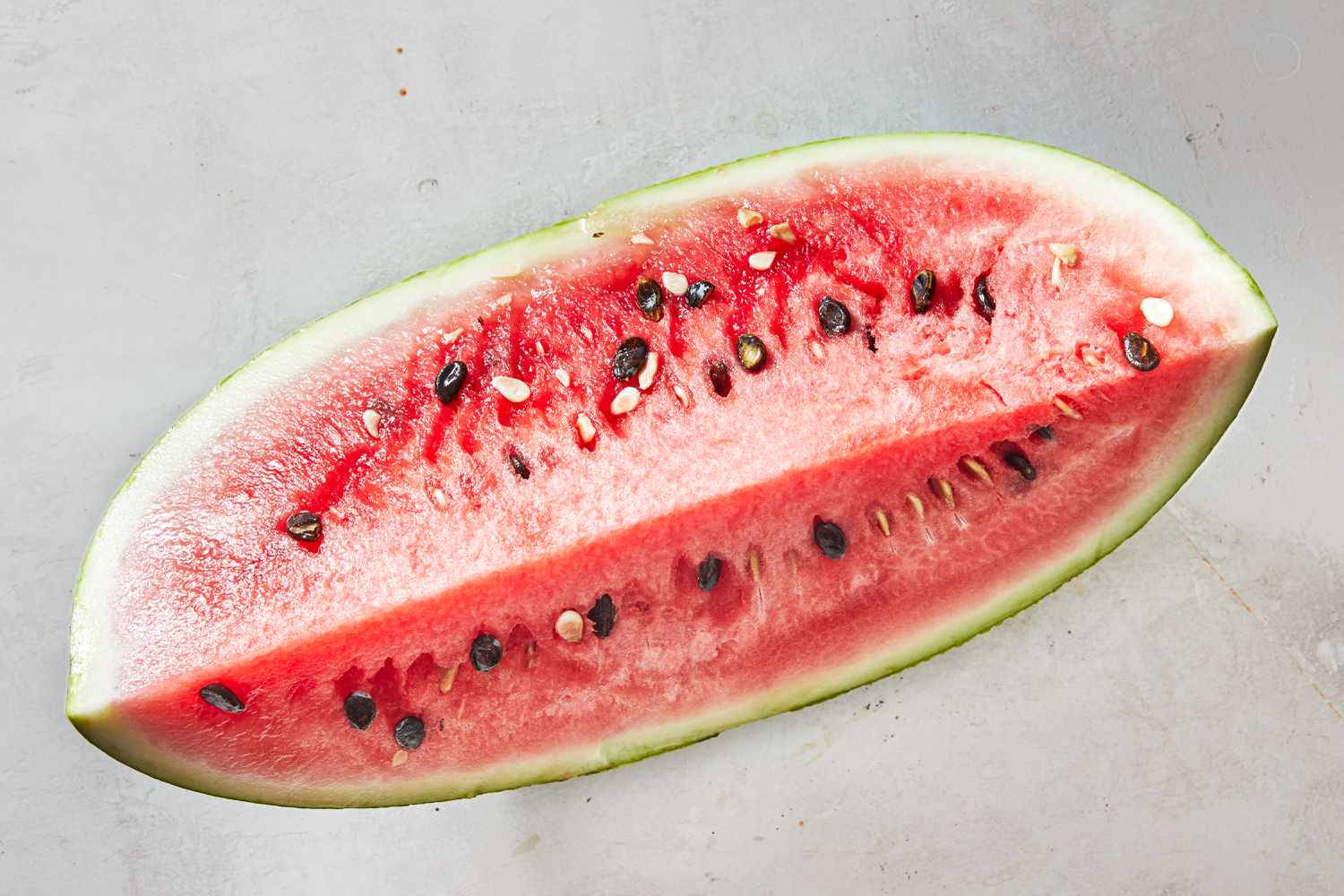
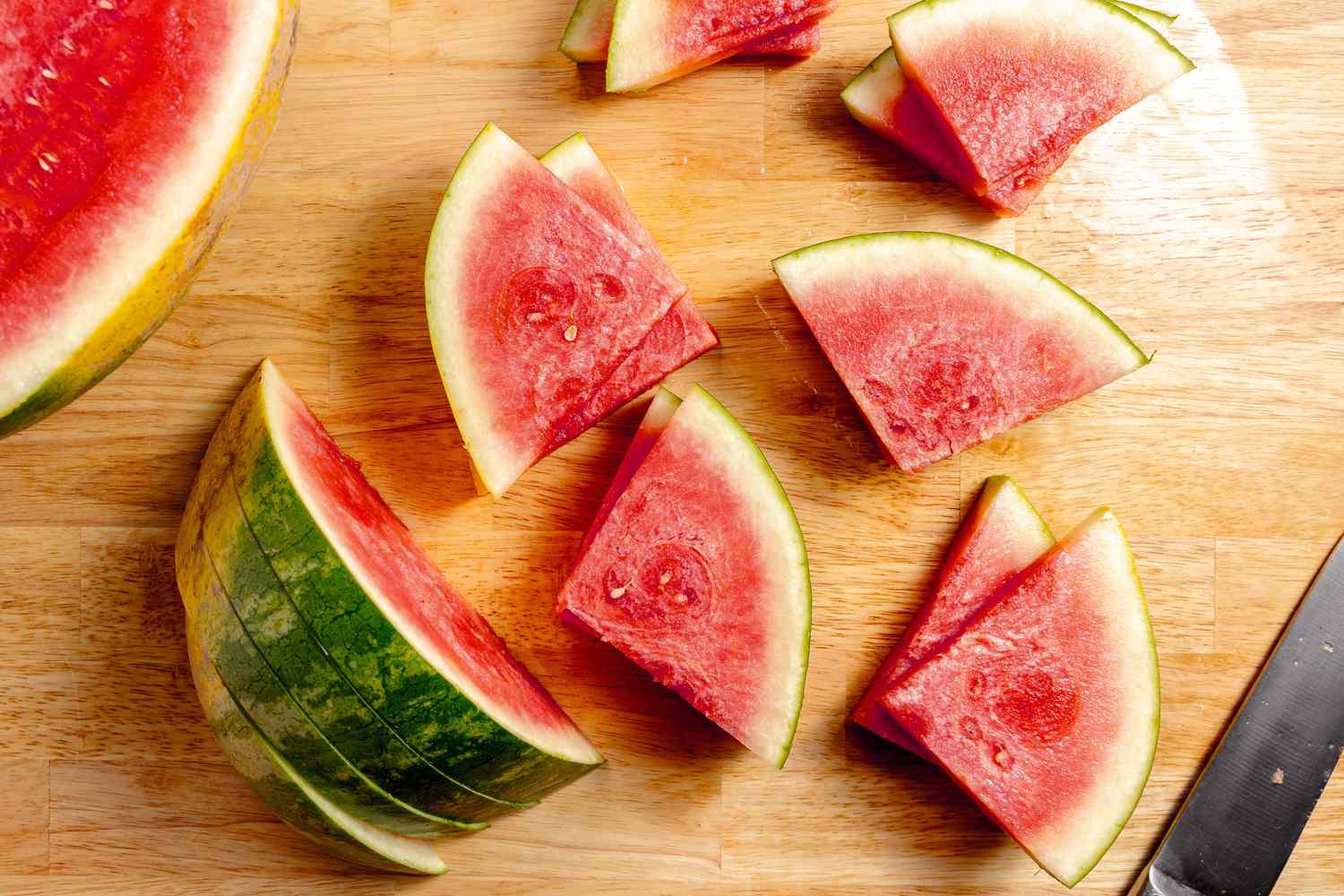
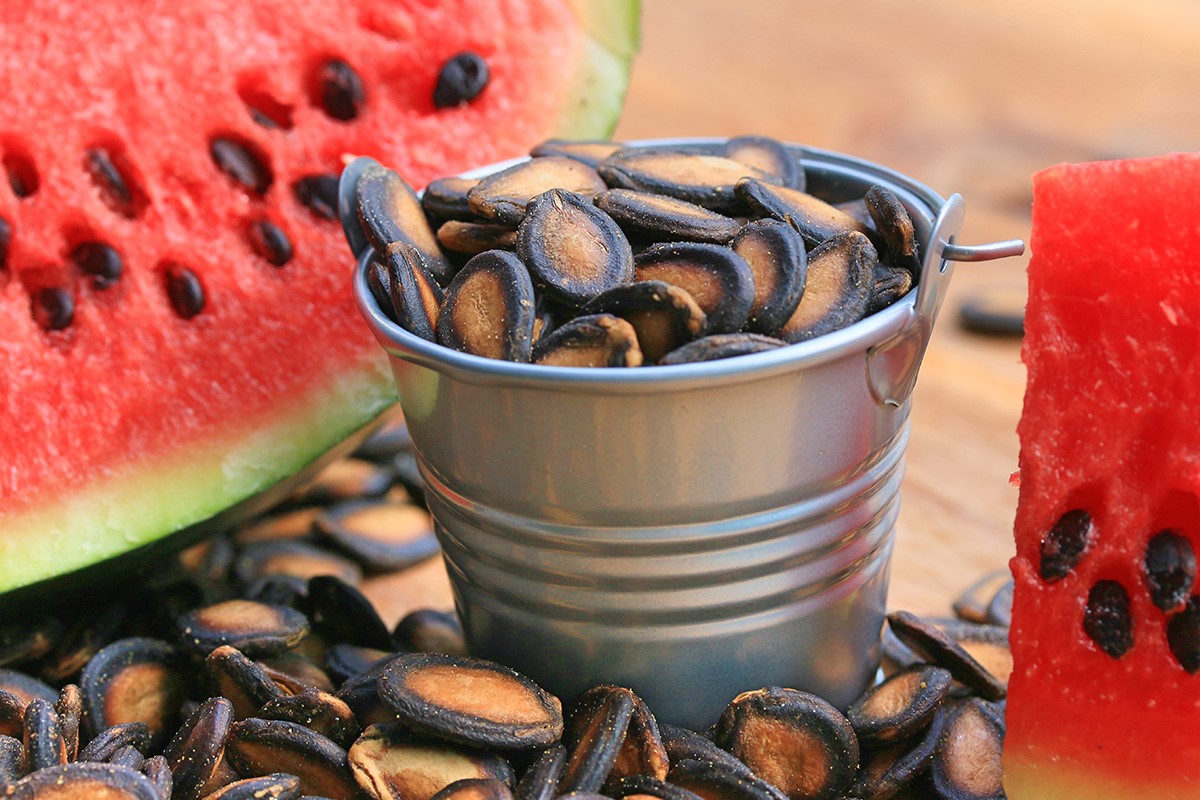
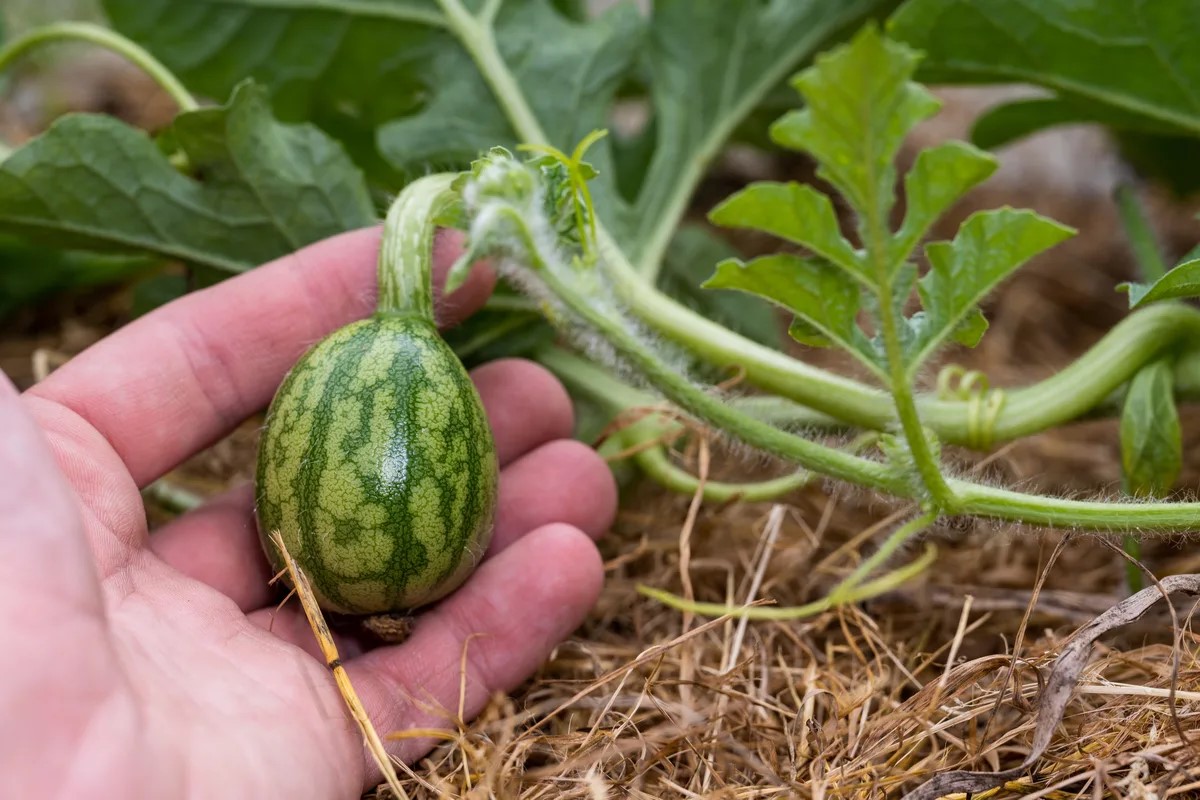
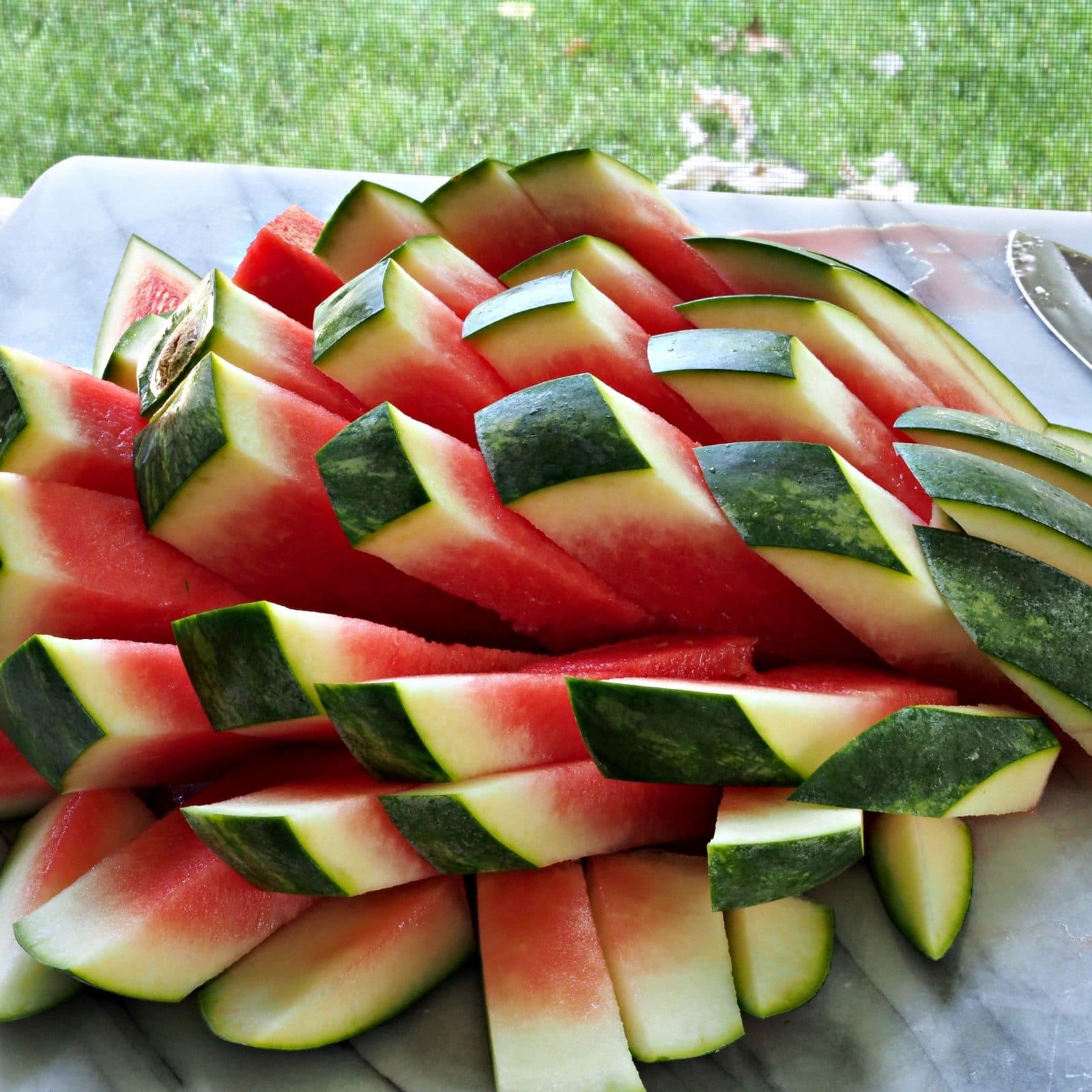
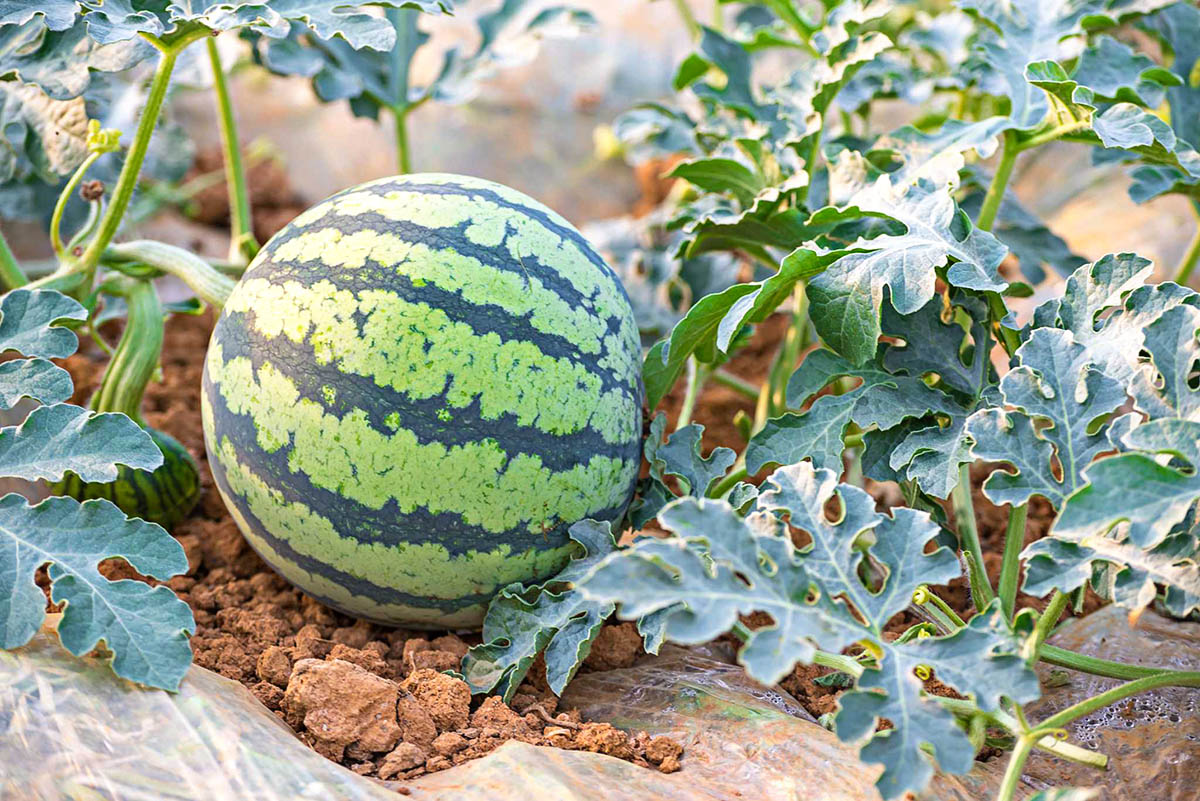
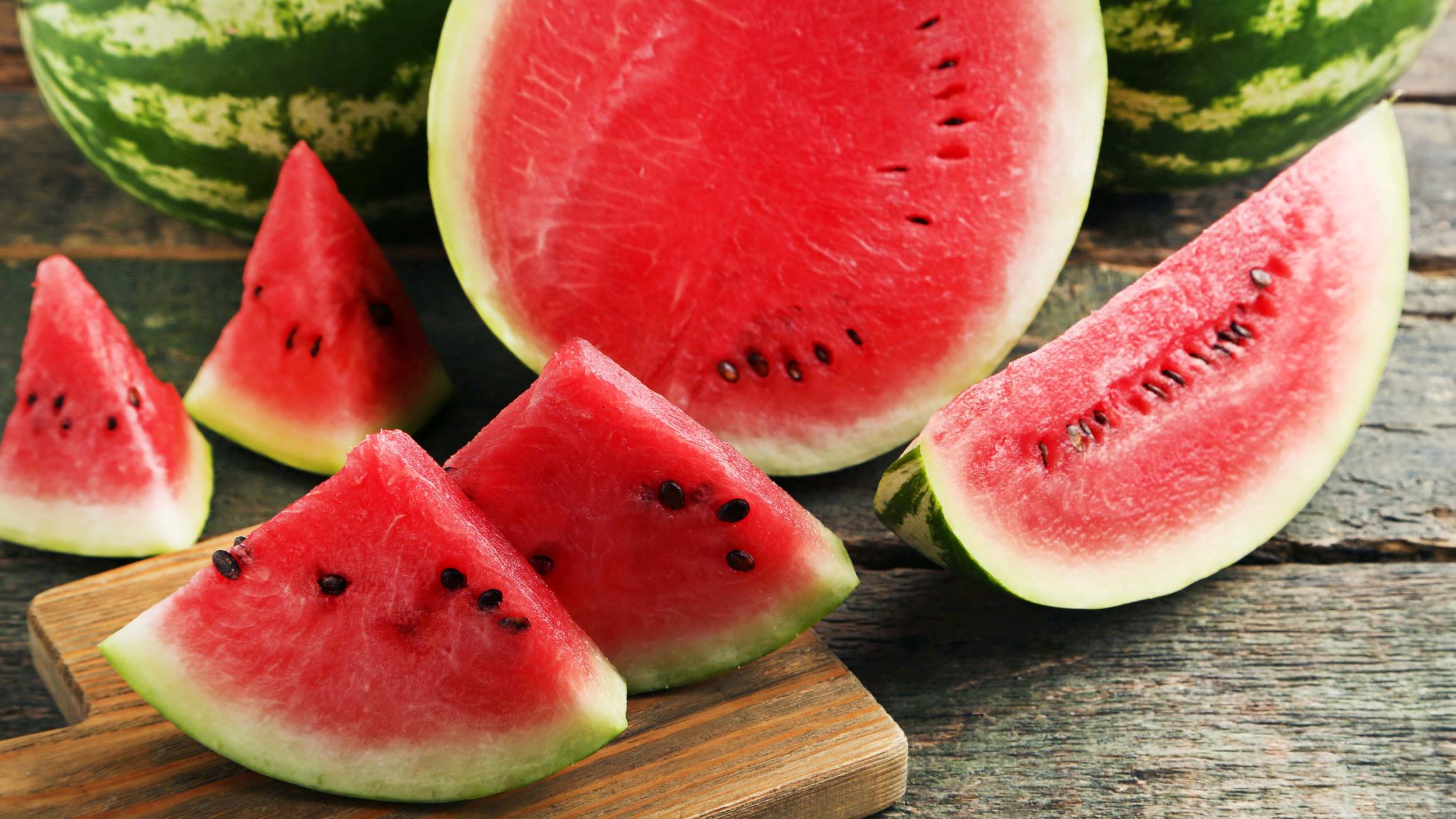
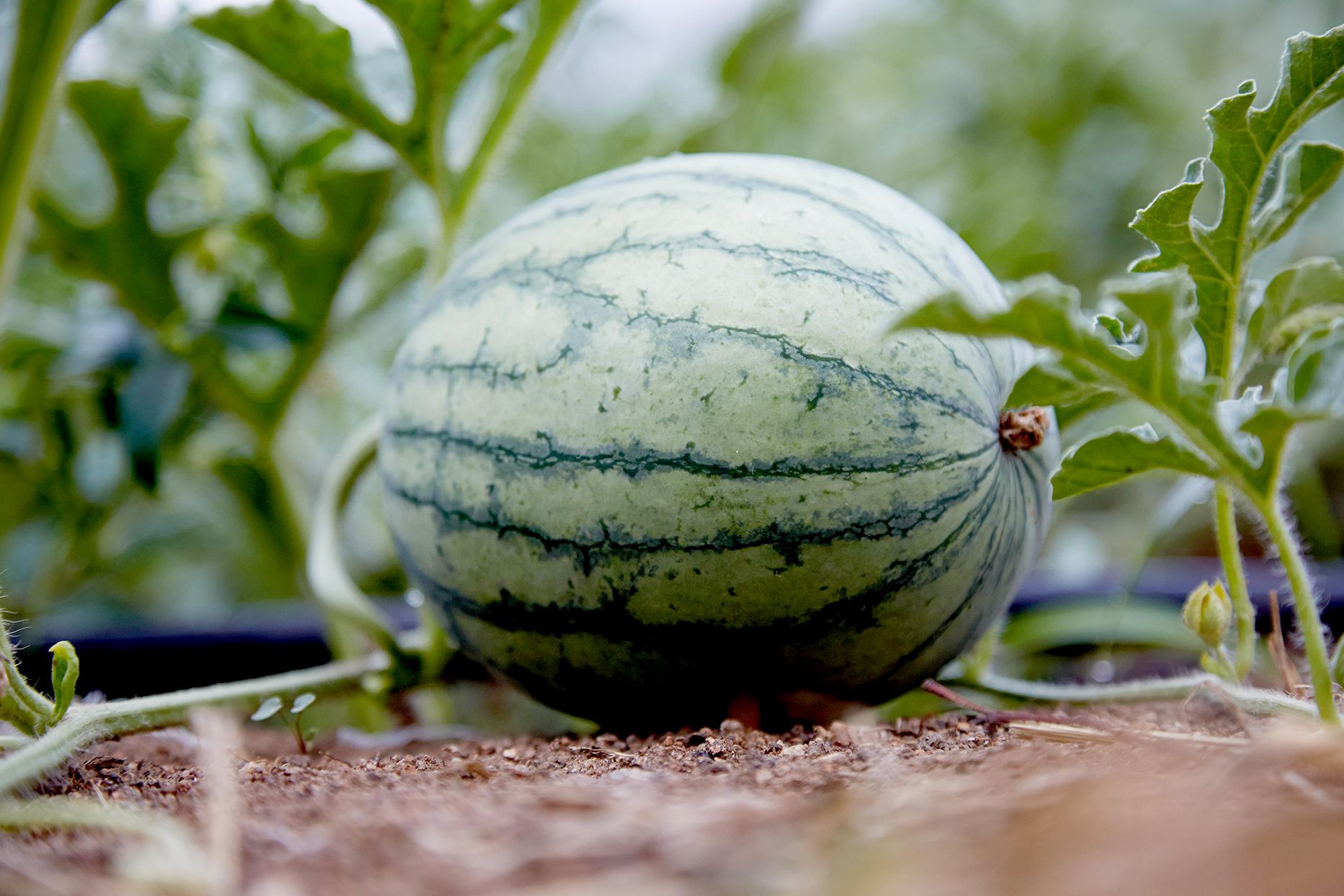

0 thoughts on “How To Store Watermelon”